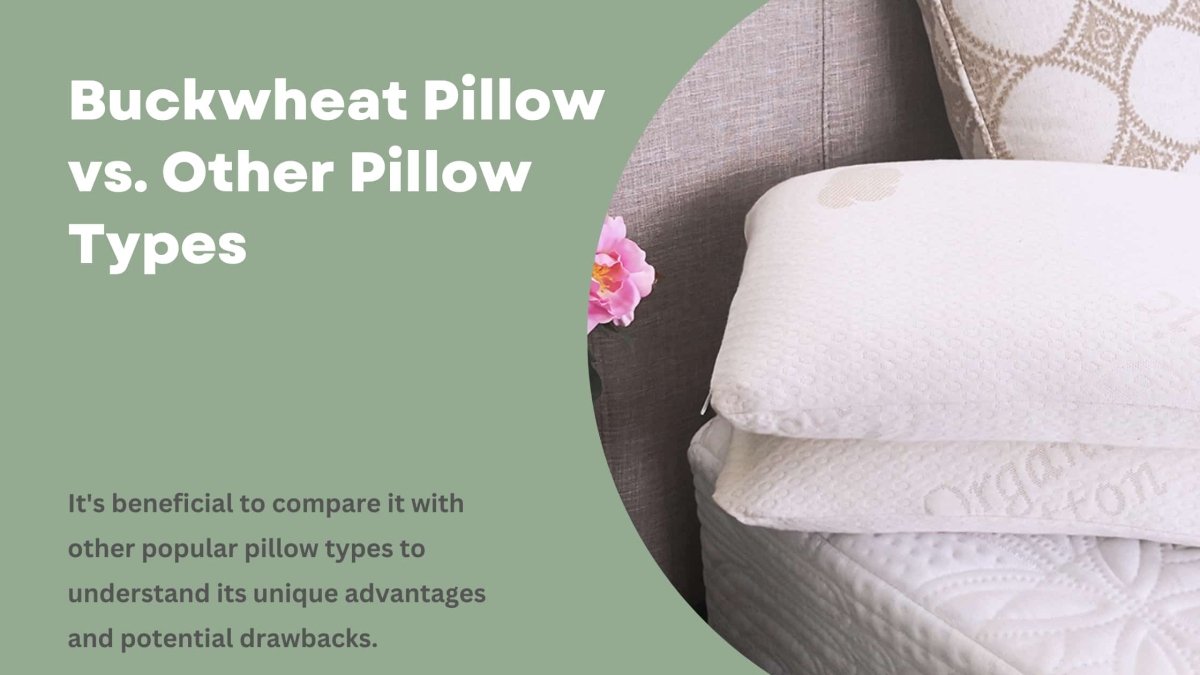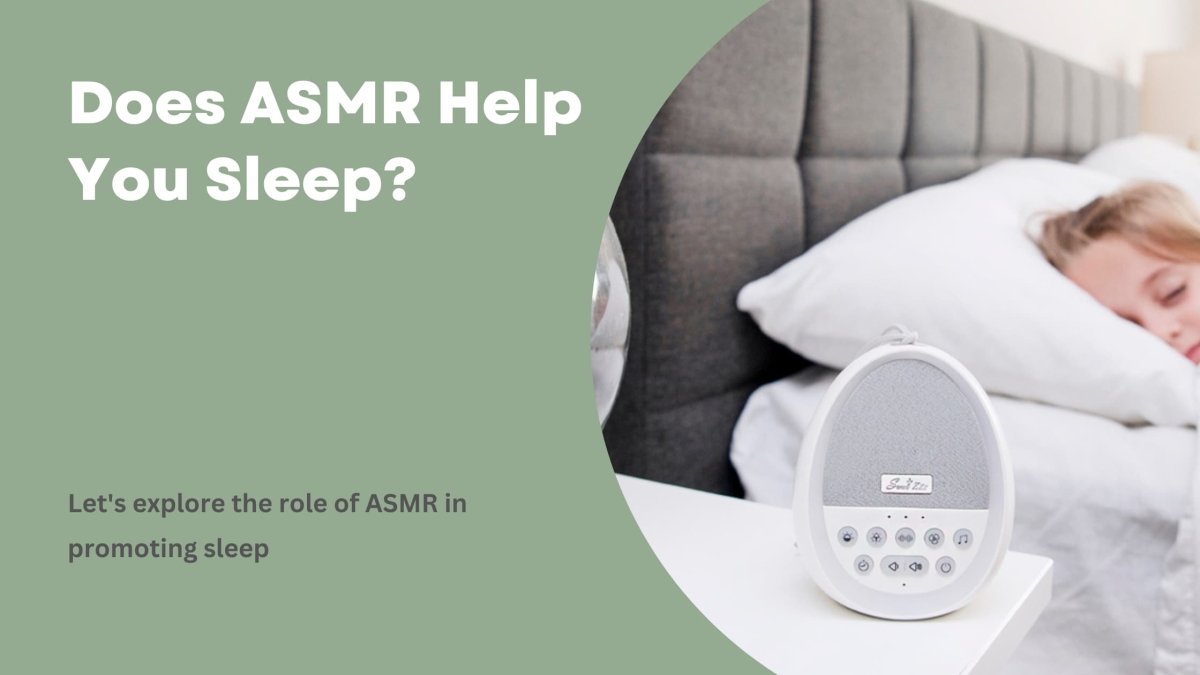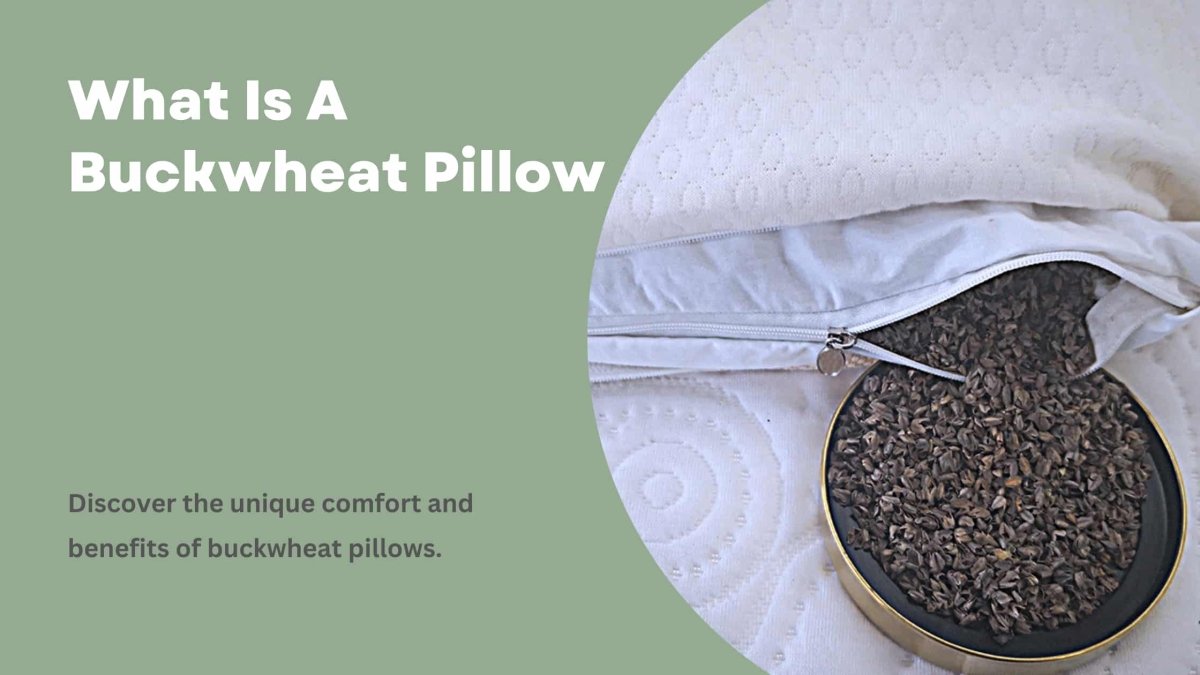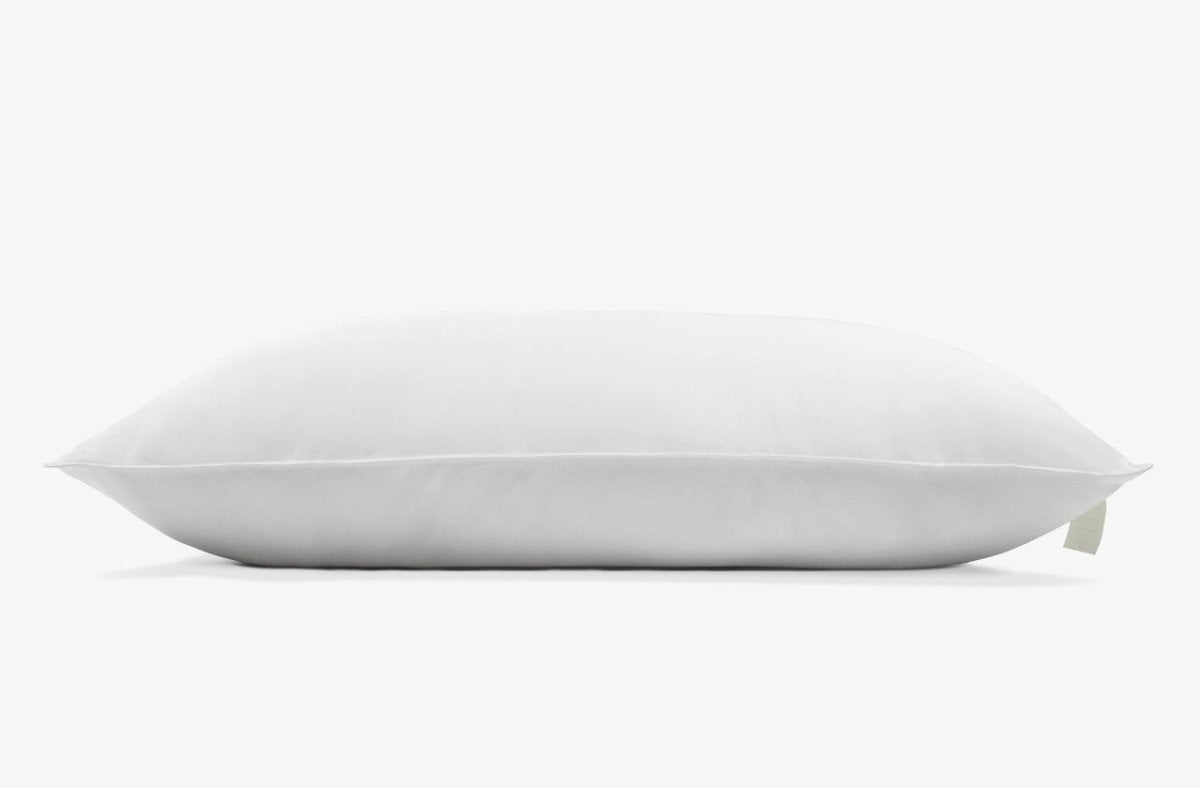Buckwheat Pillow vs. Other Pillow Types

When considering a buckwheat pillow, it's beneficial to compare it with other popular pillow types to understand its unique advantages and potential drawbacks.
1- Buckwheat vs. Memory Foam Pillows:
Memory foam is known for its contouring properties, molding to the shape of the head and neck. However, it can retain heat, making it less ideal for hot sleepers. Buckwheat pillows, on the other hand, offer similar contouring but with better air circulation, preventing heat buildup.
2- Buckwheat vs. Down Pillows:
Down pillows are prized for their softness and plushness but may not provide adequate support for the neck and spine. Buckwheat pillows are firmer and offer adjustable support, which can be more beneficial for spinal alignment and reducing neck pain.
3- Buckwheat vs. Latex Pillows:
Latex pillows are durable and provide a good balance of support and comfort. They tend to be cooler than memory foam but can be expensive. Buckwheat pillows, while offering excellent support and breathability, have a unique feel due to the hulls, which may take some getting used to.
4- Buckwheat vs. Synthetic Fiber Pillows:
Synthetic fiber pillows are often the most affordable but can flatten over time and may harbor allergens. Buckwheat pillows offer a hypoallergenic, durable alternative with the added benefit of natural materials.
5- Buckwheat vs. Gel Pillows:
Gel pillows are designed to offer a cooling effect, which is a significant advantage for hot sleepers. While buckwheat pillows also provide cooling through air circulation, gel pillows may offer a more consistent cool feeling but often lack the adjustable support of buckwheat.
In summary, buckwheat pillows stand out for their adjustable support, natural composition, and breathability, making them a strong contender against other types. However, the choice ultimately depends on personal preference regarding firmness, support, and material.
How to Sleep on a Buckwheat Pillow?
Sleeping on a buckwheat pillow can be a different experience compared to traditional pillows. Here are some tips to help you get the most out of your buckwheat pillow:
1- Adjust the Loft:
Start by adjusting the amount of buckwheat hulls to achieve your desired firmness and height. If you're a side sleeper, you might prefer a higher loft to keep your spine aligned. Back sleepers may opt for a medium loft, while stomach sleepers generally need a flatter pillow.
2- Find the Right Position:
Place the pillow under your head and neck in a way that feels most comfortable. The pillow should support the natural curve of your neck without tilting your head too far upward or downward.
3- Mold the Pillow to Your Shape:
Buckwheat pillows are moldable. Use your hands to shape the pillow around your neck and head for customized support. The hulls should cradle your neck and provide a stable base for your head.
4- Allow for Adjustment Time:
It may take a few nights to get used to the firmness and texture of a buckwheat pillow. Be patient as your body adjusts to this new support system.
5- Use for Back Support:
If you're not lying down, a buckwheat pillow can also provide excellent back support while sitting. Place it behind your lower back for added support when reading or watching TV.
6- Maintain the Pillow:
Regularly shake or fluff your pillow to keep the hulls from clumping and to maintain even distribution. This ensures consistent support each night.
7- Combine with Other Pillows if Needed:
Some sleepers find that using a buckwheat pillow in combination with a softer pillow (like a thin memory foam or down pillow) on top provides the perfect balance of support and softness.
Remember, the key to using a buckwheat pillow effectively is customization. Don't hesitate to adjust the hulls and experiment with different sleeping positions to find what works best for your body and sleep style.
Can Buckwheat Pillows Be Washed?
When it comes to maintaining a buckwheat pillow, understanding the proper cleaning methods is crucial for preserving its quality and longevity. Buckwheat pillows have specific care instructions to ensure they stay clean and functional.
1- Washing the Pillowcase:
The pillowcase of a buckwheat pillow, typically made of cotton or another washable fabric, can be easily removed and washed. It's recommended to follow the care label instructions – usually, a gentle wash cycle and air drying are advised to prevent shrinkage.
2- Handling the Buckwheat Hulls:
The buckwheat hulls themselves should not be washed as they can lose their shape and firmness when exposed to water. If the hulls get wet, they can become damaged and may start to develop mold.
3- Refreshing the Hulls:
To refresh the buckwheat hulls and remove any accumulated moisture, you can place them in sunlight. This helps to deodorize the hulls and maintain their crisp texture. Ensure they are completely dry before placing them back in the pillowcase.
4- Replacing the Hulls:
Over time, buckwheat hulls can break down with continuous use. In such cases, rather than washing, it's better to replace them with new hulls. This can rejuvenate the pillow's support and extend its life.
5- Avoiding Water Exposure:
It’s important to keep the buckwheat hulls away from water. If your pillow gets damp or wet, it's advisable to remove the hulls and dry them thoroughly. If they don't dry properly or lose their structure, they should be replaced.
How Long Do Buckwheat Hull Pillows Last?
According to The Sleep Judge, buckwheat hull pillows are distinguished by their impressive durability. These pillows can last up to 10 years, significantly outperforming most traditional pillows in terms of lifespan. The longevity of buckwheat pillows is primarily due to the sturdiness of the buckwheat hulls, which maintain their shape and structure over time, resisting breakdown and compression.
The hulls may eventually start to crack and lose their unique shape and strength, but they can easily be replaced, thereby refreshing the pillow and extending its life. This unique feature of being able to replace the hulls means that, technically, the pillow itself can last indefinitely, as long as the outer casing remains intact.
The durability of the pillow also depends on the quality of the casing material. A well-made casing with durable stitching and a sturdy zipper can significantly enhance the pillow's lifespan. With proper care, including regular replacement of the hulls and maintenance of the casing, a buckwheat hull pillow can be a long-lasting investment for your sleep.
Do Buckwheat Pillows Attract Bugs?
A common concern about natural fillings like buckwheat hulls is whether they attract bugs. Buckwheat pillows, however, are generally not prone to bug infestations. The reason lies in the nature of the filling material – buckwheat hulls.
1- Nature of Buckwheat Hulls:
The hulls, which are the hard outer shells of buckwheat seeds, are not a food source for bugs. Unlike some other natural fillings that might attract pests, buckwheat hulls are less appealing due to their tough and inedible nature.
2- Air Circulation:
The structure of buckwheat hulls allows for good air circulation within the pillow. This circulation helps keep the pillow dry and less hospitable to bugs that thrive in moist environments.
3- Maintenance Practices:
Proper care and maintenance of a buckwheat pillow can further reduce the risk of bugs. Regularly airing out the pillow and keeping it dry and clean are effective ways to deter any potential infestations.
4- Dust Mites:
While buckwheat pillows are less likely to attract bed bugs or other insects, dust mites can still be a concern, as they are with any bedding. However, the ability to easily clean the pillowcase and air out the hulls can help manage dust mites.
In conclusion, while no pillow can be guaranteed to be completely bug-proof, buckwheat pillows are less likely to attract bugs due to their nature and structure. With proper care, they can be a hygienic and safe option for your bedding needs.
How to Get Rid of Bugs in a Buckwheat Pillow
Dealing with buckwheat pillow bugs, although uncommon, can be addressed effectively with the right steps. If you suspect that your buckwheat pillow has attracted bugs, here's what you can do:
1- Remove and Inspect the Hulls:
Carefully open the pillow and inspect the buckwheat hulls. If you notice any bugs, it’s best to dispose of the hulls. Remember that it's more hygienic and safer to replace the hulls than to try to salvage them in case of an infestation.
2- Clean the Pillowcase:
Wash the pillowcase in hot water, if the fabric allows, to kill any remaining bugs or eggs. Follow the care instructions on the label for the best results.
3- Sun-Drying:
Sunlight is a natural disinfectant. Spread the new or remaining unaffected hulls out in direct sunlight. This will help eliminate moisture, making the environment less hospitable for bugs.
4- Regular Maintenance:
To prevent future infestations, regularly clean your pillowcase and air out the hulls. Good hygiene and dry storage conditions are key to deterring buckwheat pillow bugs.
By following these steps, you can effectively address bugs in buckwheat pillow issues, ensuring it remains a clean and comfortable part of your sleep routine.
Buckwheat Pillow on Amazon: Sweet Zzz as a Prime Choice
When searching for a buckwheat pillow, Amazon is a convenient destination with a variety of choices, including the highly recommended Sweet Zzz Buckwheat Pillow. Known for its exceptional quality, this pillow provides adjustable support and comfort, tailored to individual sleeping preferences. Its natural, hypoallergenic buckwheat hulls offer excellent breathability and temperature control, making it suitable for all sleepers. The pillow is also available on the Sweet Zzz website.






